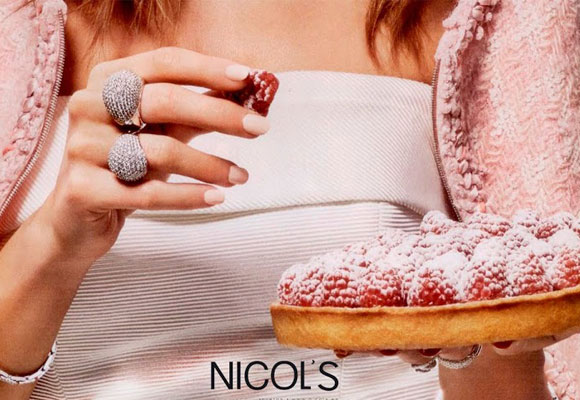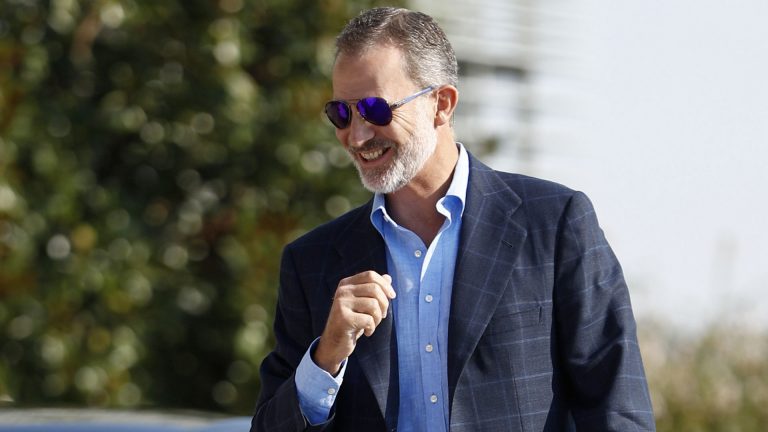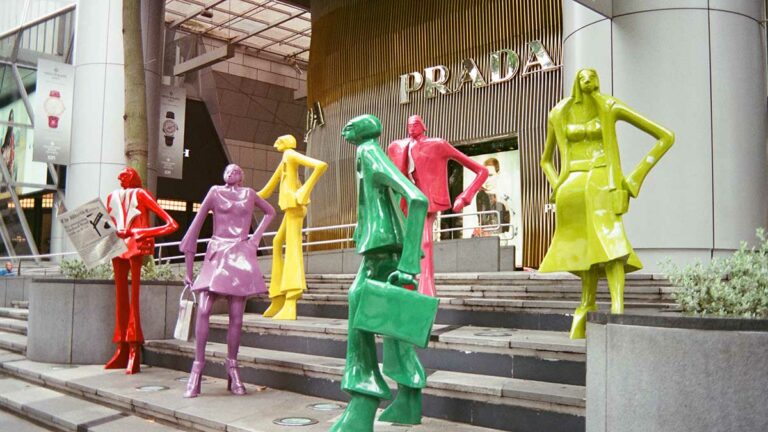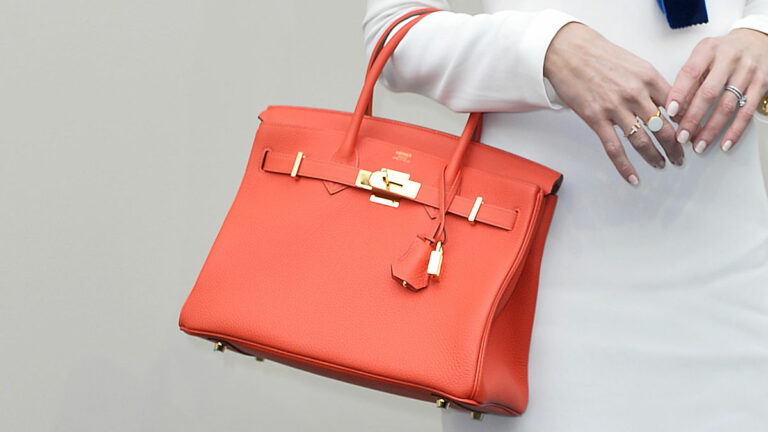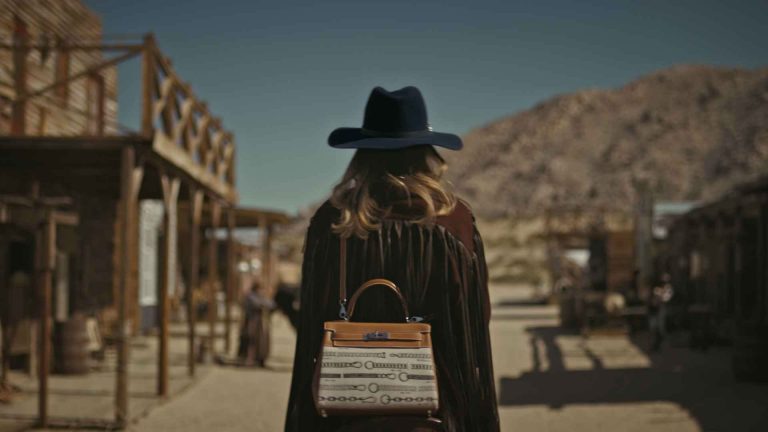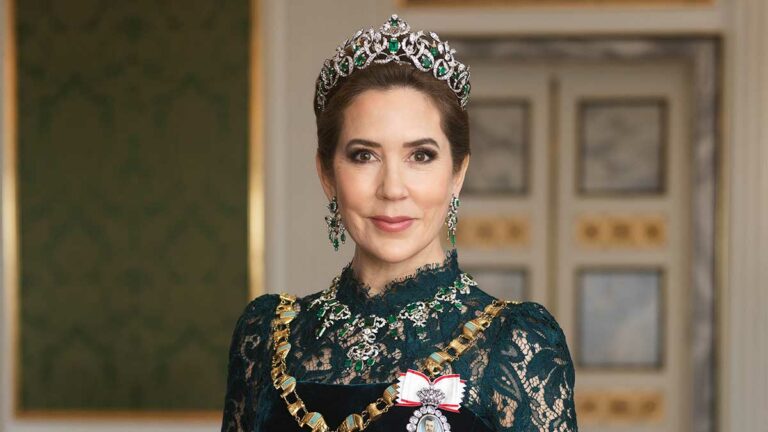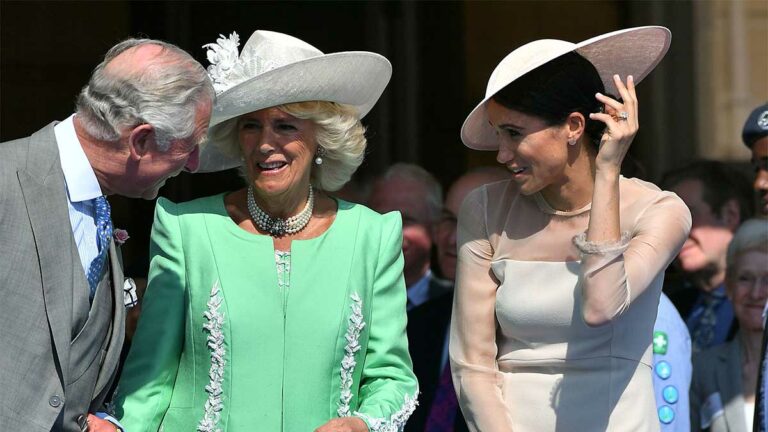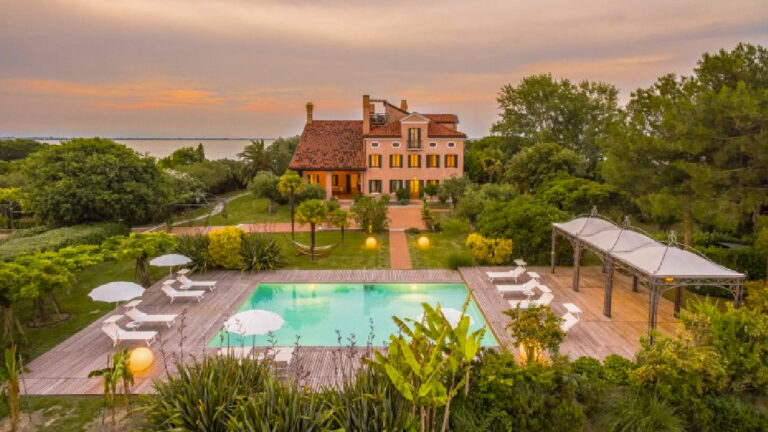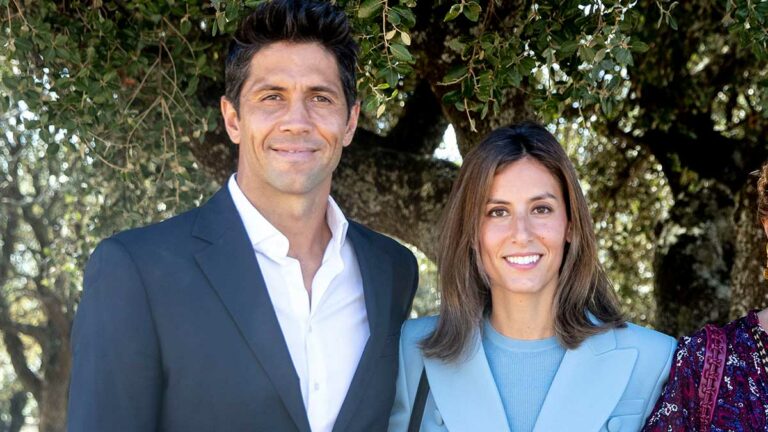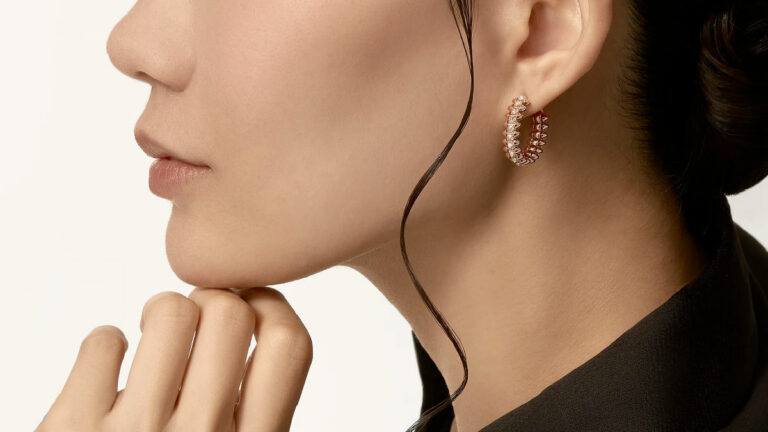What do we mean when we say sustainable fashion?
Vanessa Friedman (2014) opens a journal in NYT with this sentence “It’s a big day for Green Fashion on both sides of the Atlantic!”
It is a real topic of fashion research. Vanessa Friedman (2014) opens a journal in NYT with this sentence “It’s a big day for Green Fashion on both sides of the Atlantic!”
About Kering, “is unveiling a partnership with the Center for Sustainable Fashion at the London College of Fashion. Kering’s chief executive — about the importance of building a sustainable fashion business, a sustainable fashion award for two students every year, and the development of academic courses on the subject”.
The Center for Sustainable Fashion and Kering partnership will be made up of three main projects:
- The Kering Talks: each year, in October, visionaries and business leaders from the fashion industry will speak on the latest developments in the area of sustainable fashion, sharing new thinking and breakthroughs in best practice.
- The Kering Award for Sustainable Fashion: on an annual basis, Kering brands and the CSF will launch a student “contest” which will focus on a specific and real-life industry challenges. Open to all third-year BA and MA students, across the following disciplines – fashion design, management, communications – the contest will require students to provide creative and achievable solutions to a project brief defined by Kering. Two winners will be awarded a monetary grant and an internship placement within Kering brands.
- The co-development of academic modules for the sustainable design course: Kering and the CSF, supported by a team of industry experts, researchers and academics, will share their business and academic expertise to create a full course module taught each year at the LCF. The module will focus on the role sustainability must play today and provide them with knowledge and tools for their future professional life. This unprecedented initiative will also aim to develop a pioneering academic framework to explore sustainability in fashion, which could inspire other educational institutions in the future.
According to Vanessa Friedman (2014), “In New York, the Council of Fashion Designers of America and Lexus are also unveiling the winners of its $75,000 first prize and two $5,000 second prizes for the C.F.D.A./Lexus Eco-Fashion challenge, now in its fifth year”.
About both initiatives, aside from the big luxury brands to the whole concept of sustainable design, is the fact that they are focused on the next generation of design executives (creative and otherwise). There’s clearly a sense among the fashion establishment that this is a meaningful concern for those on the way up. Designers and consumers. Besides, for large companies or industry groups seeking to build ties with their future talent pool, evincing support for their value systems is not a bad way to build a relationship.
According the sponsors engagement marketing manager for Lexus, have said: “Kering and L.C.F. share the belief that sustainability is instrumental to the fashion industry’s evolution. Both are also committed to nurturing young talents to fuel today’s fast-growing fashion”, “We want to create a relevant conversation around the subject of sustainable design and luxury, and the fact the two can go together. And we want to support the idea that this can be the foundation of a real business, and help them to grow”.
Pointedly, however, the one area where neither group has really stepped forward is in offering an actual concrete definition of what “sustainable fashion” means. They are very interesting, the following guidelines for applicants that included for C.F.D.A./Lexus:
“Fall/Winter 2015 collection should contain no less than 30 percent “eco” fabrics or materials, (or 30 percent of line should be eco). Eco production should also be addressed, if applicable. Applications will be judged on the following: dedication to ecologically responsible and sustainable design and production (30 percent of overall score), ability to inspire an “eco” attitude in consumers and the community (20 percent of overall score), originality and creativity (20 percent of overall score) and presence of “eco” fabrics and materials (30 percent of overall score”).
In Spain we have Ecoalf. It was born in 2009. Themselves’ says: Javier Goyeneche, founder of brand, explains: “The idea was to create a fashion brand that is truly sustainable. The concept arose of my frustration with the excessive use of the world’s natural resources and the amount of waste produced by industrialized countries. It appeared to me that the way to do so was by stop using our planet’s natural resources in a careless way (all studies showed that we are presently using 5 times more natural resources than the planet is able to auto-generate)”.
The problem was that when we sourced the market for recycled materials the offer was small and of very poor quality. Most fabrics only contained a very small percentage of recycled material (15-20%). According to Javier Goyeneche “I found the need to start creating partnerships with factories in order to develop fabrics, lining, straps, labels and cords using recycled materials”.
He has travel the world to identify the ideal manufacturing resources, we carefully built the foundation that would become Ecoalf. Through integrating breakthrough technology we wanted to create clothing and accessories made entirely from recycled materials…without actually looking like it.
Fishing nets, plastic bottles, worn-out tires, post-industrial cotton, and even used coffee grinds become outerwear, swimsuits, sneakers and accesories. Ecoalf symbolizes what I believe the fabrics and products of the new generations should be. Their “Manifiesto” is Tras(h)umanity. I have seleted some concepts:
- By accepting the world you can start to change it.
- Only then can we think of ways to clean up that reality in an intelligent, useful way.
- It’s an awareness of trash.
- ECOALF wants to share with you its passion for beautiful, useful products that clean up the planet. Help us take the concept of trash into the future.
Explains Javier Goyeneche, president and founder «Ecoalf The name comes from the initials of my son Alfredo». For once the heart of sustainability is on the person, this is the best this brand.
Documentary sources:
Friedman, V. (2014). The Greening of Fashion’s Next Generation. Recuperado el 3 de noviembre de 2014 desde http://runway.blogs.nytimes.com/author/vanessa-friedman/?_r=0. Rieradevall, J. (2014). Ecodiseño estrategia clave para la ecoinnovación de productos y servicios. Teoría Y Práxis Investigativa, 9(2), 8–15. Rieradevall, J., & Vinyets, J. (1999). Ecodiseño y Ecoproductos. Barcelona: Rubes Departament de Medi Ambient de la Generalitat de Catalunya.

